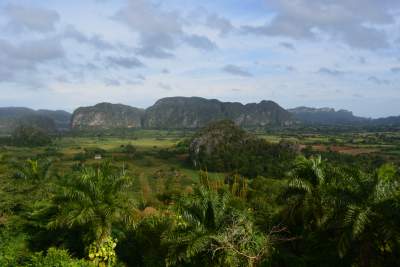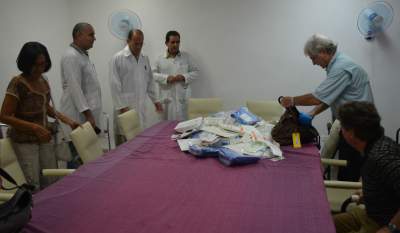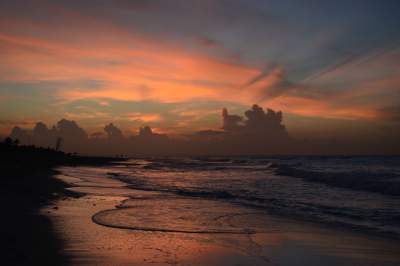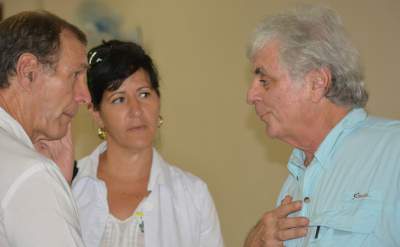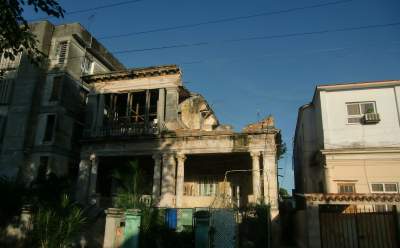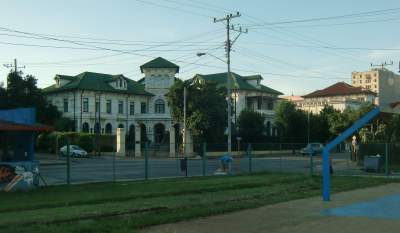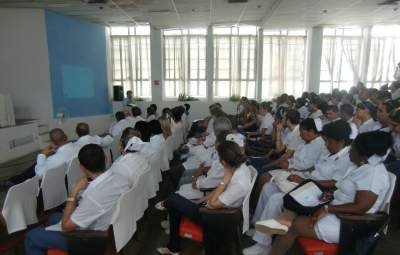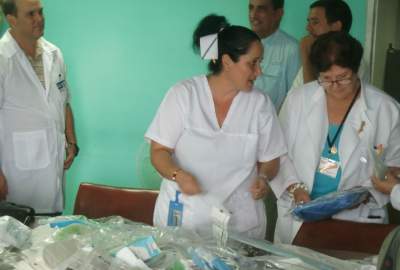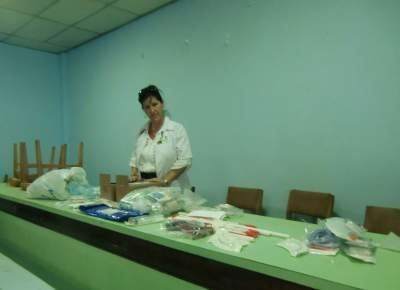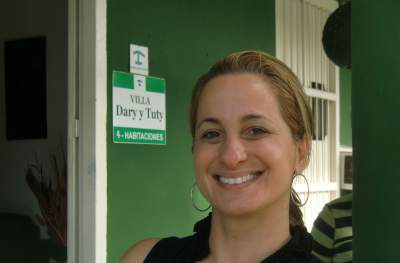









Ukraine 2006
Ukraine 2006 Kyiv & Lutsk
Ukraine 2006
Ukraine 2006 Kyiv & Lutsk
Ukraine : Kyiv & Lutsk | 2006
Ukraine was a wonderful country where we hope to work many times.
We traveled with a large team of rehabilitation specialists for 2 ½ weeks in Kyiv and Lutsk, Ukraine. The team was composed of developmental pediatricians, occupational therapists, physical therapists, speech-language pathologists, social workers, nurses, special educators, psychologists, pastors, and counselors. We all wore the mandatory white coats…
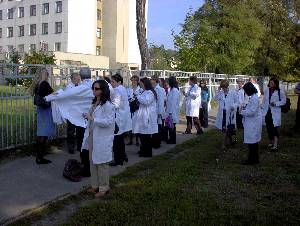
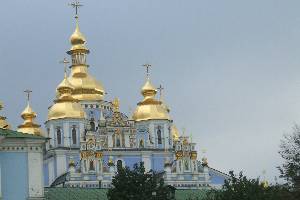
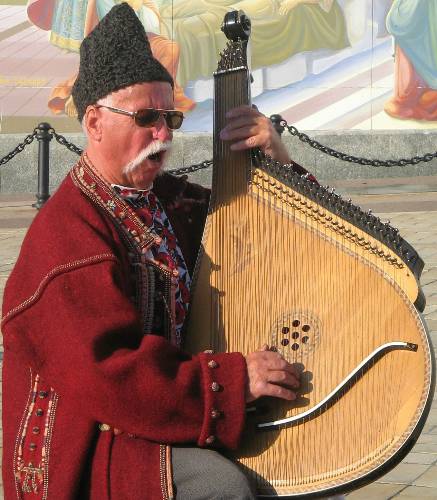
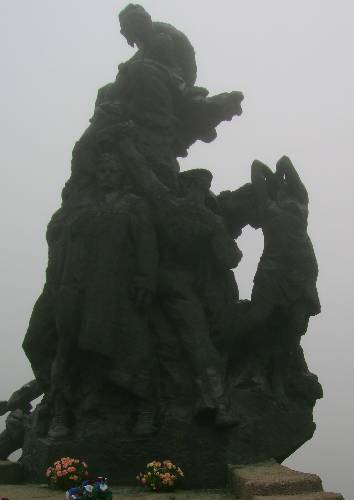
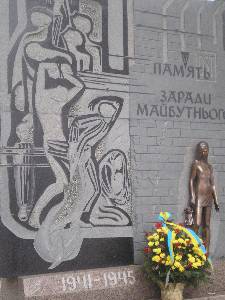
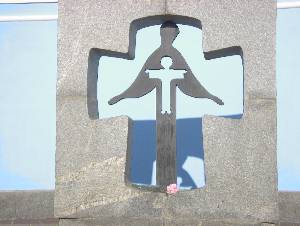
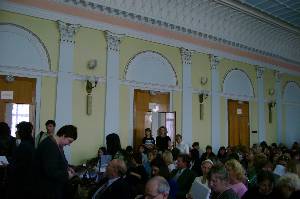
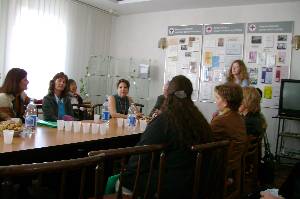
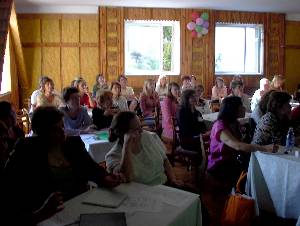
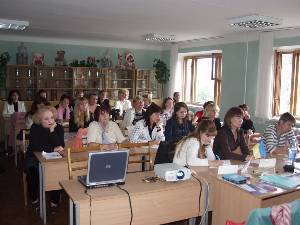
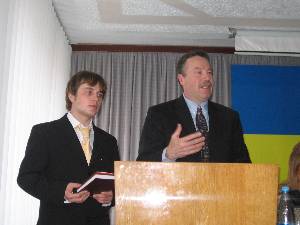
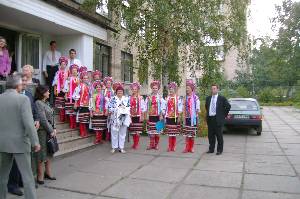
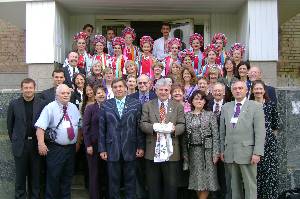
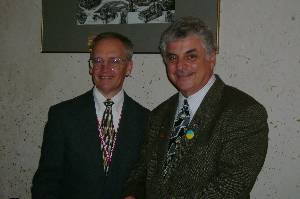
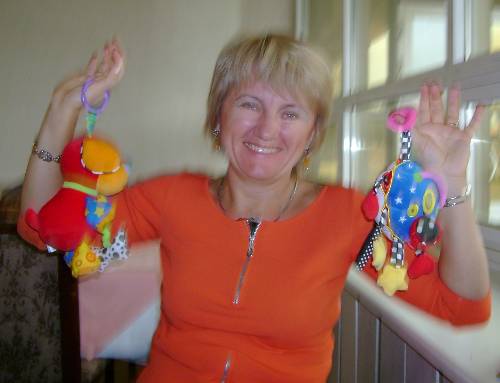
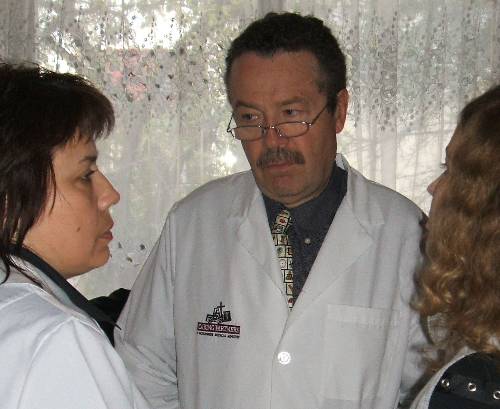
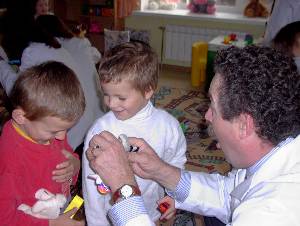
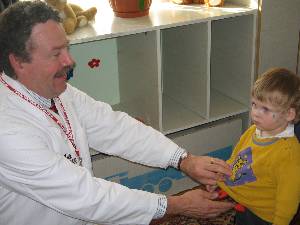
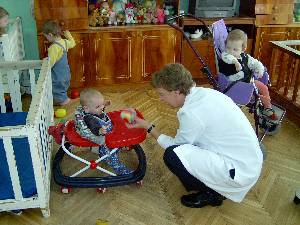
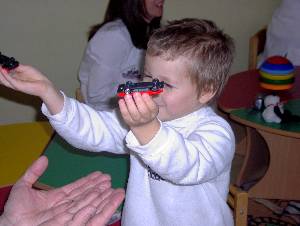
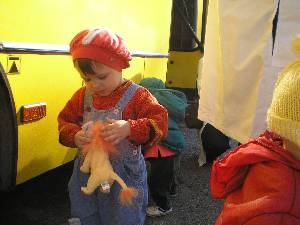
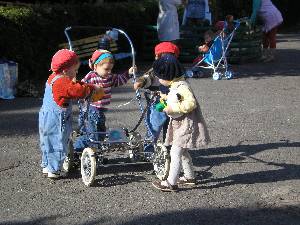
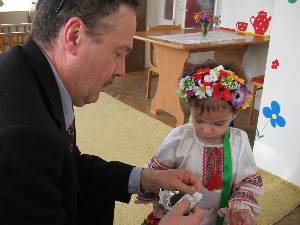
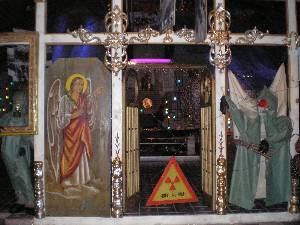
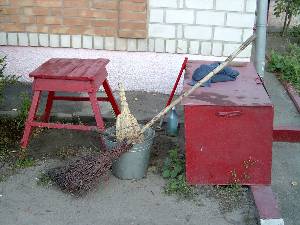
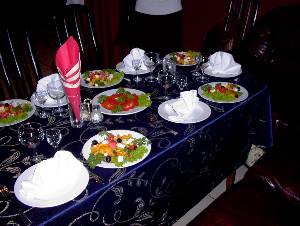
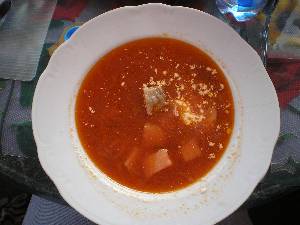

Saudi Arabia: Feb 25 - Mar 6, 2011
Saudi Arabia
February 25 - March 6, 2011
Saudi Arabia: Feb 25 - Mar 6, 2011
Saudi Arabia
February 25 - March 6, 2011
Saudi Arabia | February 25 - March 6, 2011
In the cities of Riyadh, Buraydah in Al Qasim region, and Jeddah, all in the country of Saudi Arabia; we spent four days in Riyadh, 2 1/2 days in Buraydah, and the final three days in Jeddah.
We were sponsored by an educational organization and the Saudi Autism Society for these workshops and seminars within the country. As in most of the rest of the world, many of the changes that are happening within this country are driven by parents of children who have autism. Medical and educational organizations have then responded to those needs by developing special schools for children with autism. After two days of lectures to an audience of clinicians, physicians, parents, and teachers in Riyadh, we then worked with the staff and a number of children at an autism school in Riyadh. Most of the children we observed and most of the questions from parents and teachers concerned children with a more typical autistic disorder with co-occurring intellectual challenges, feeding and sensory issues, and severe behavioral challenges.
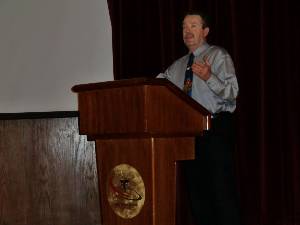
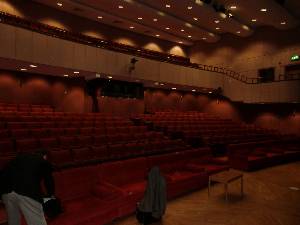
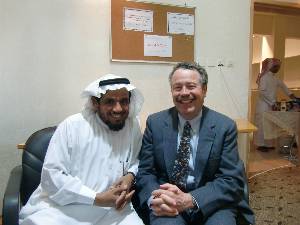
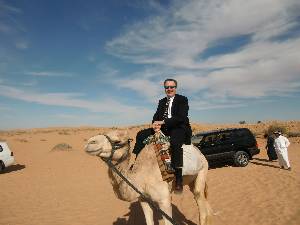
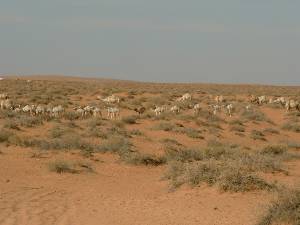
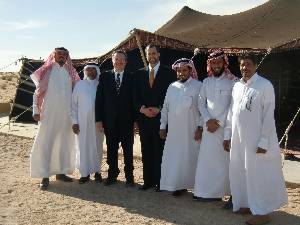

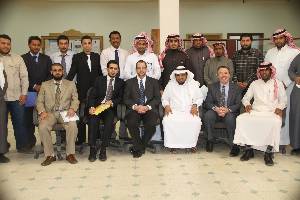
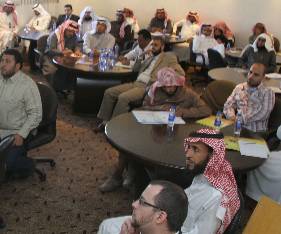
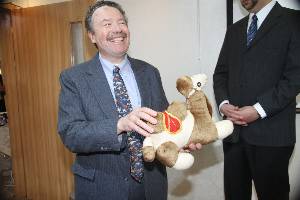
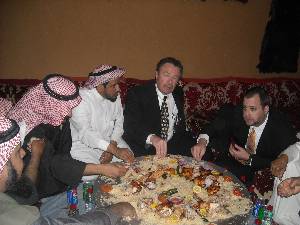
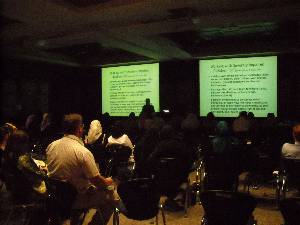


Cuba: April 2 - 10, 2011
CUBA
APRIL 2 - 10, 2011
Cuba: April 2 - 10, 2011
CUBA
APRIL 2 - 10, 2011
Cuba April 2 - April 10, 2011
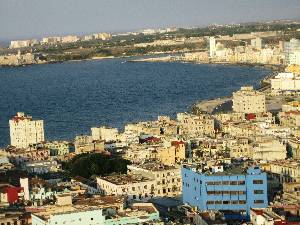
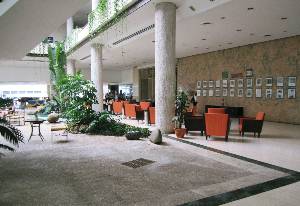
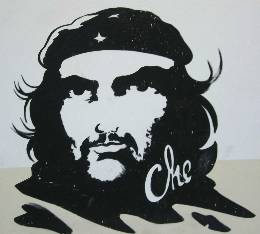
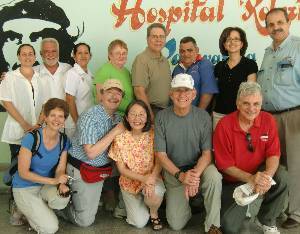
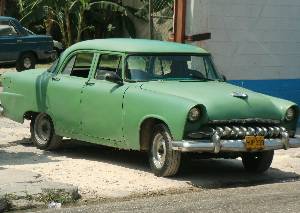
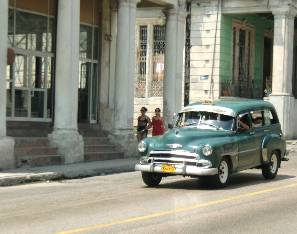
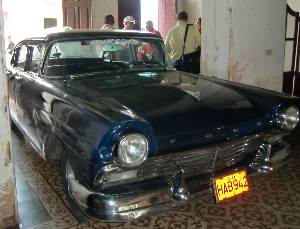
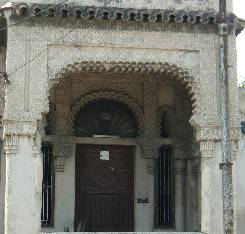
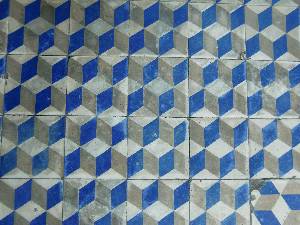
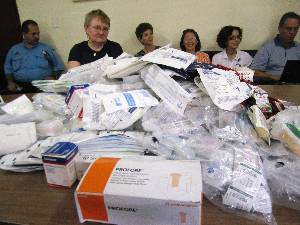
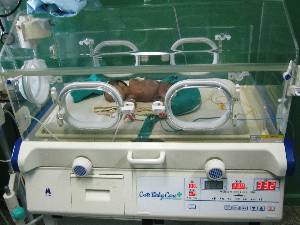
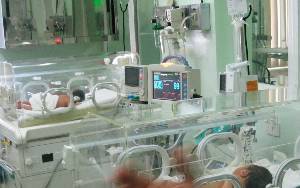
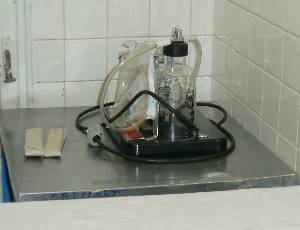
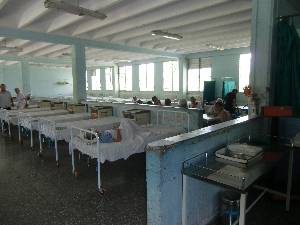
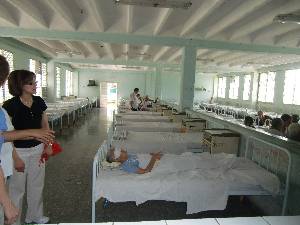
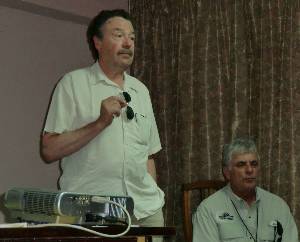
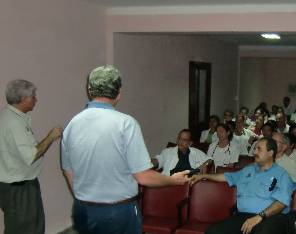
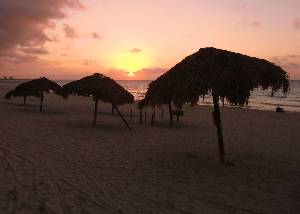
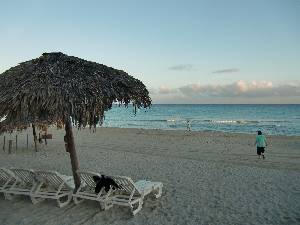
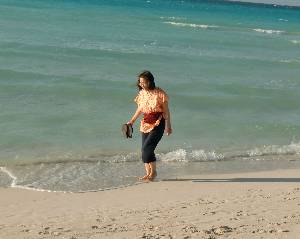
Team sponsored by Caring Partners International; we visited eleven health facilities to lecture, observe, note needs of each facility and take gifts and supplies for each of the facilities we visited.
We began our work in Havana, working in a psychiatric hospital, Baptist nursing home, and a women’s and children’s hospital.
Cuba was beautiful, our hosts were gracious, and we worked very hard. I hope to make this a yearly trip.

Nairobi, Kenya: Oct 16 - 23, 2010
Nairobi, Kenya October 16 - October 23, 2010
Nairobi, Kenya: Oct 16 - 23, 2010
Nairobi, Kenya October 16 - October 23, 2010
GERTRUDES’ CHILDREN’S HOSPITAL IN NAIROBI | October 16-23, 2010
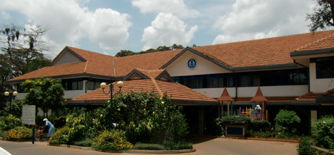
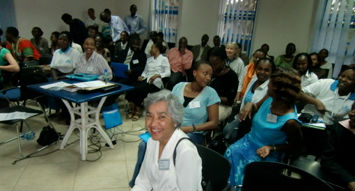
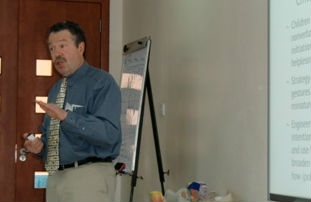
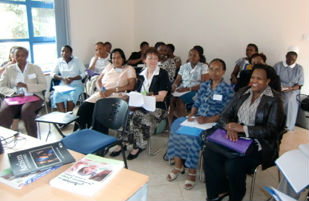
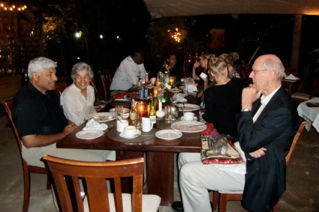
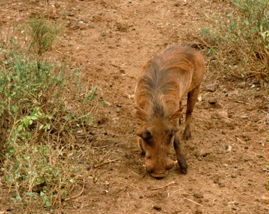
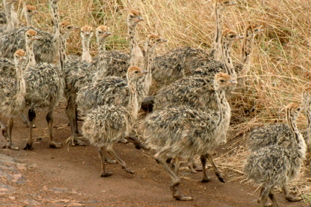
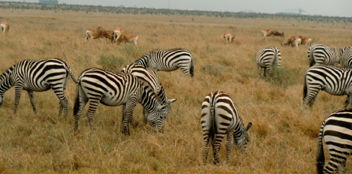
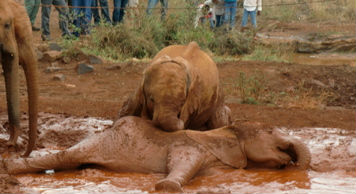
Team included the team leader, who is an otolaryngologist; a developmental pediatrician; a clinical social worker; a physical therapist based in Kijabe, Kenya; an occupational therapist; and Robert Buckendorf as the speech language pathologist. The schedule included lectures in the morning delivered by the interdisciplinary team and workshops in the afternoon where individual presenters taught on more discipline-specific issues and had interaction with smaller groups of participants. Major content of the conference included lectures on autism including diagnosis and treatments, cerebral palsy, working with families, rickets, hearing assessment, and working with children in their schools and local communities.
The wildlife was wonderful and I did have time for a four hour drive through the game park adjoining Nairobi. Can you say “Hakuna Matata": “don't let the troubles of life worry you”.

Kazakhstan: Oct 10 - 15, 2011
KAZAKHASTAN
OCTOBER 10 - 15, 2011
Kazakhstan: Oct 10 - 15, 2011
KAZAKHASTAN
OCTOBER 10 - 15, 2011
KAZAKHSTAN: ALMATY AND ASTANA | October 10-15, 2011
We spent three days lecturing in and staying at the Alma-Ata hotel in Almaty.
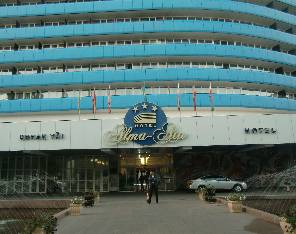
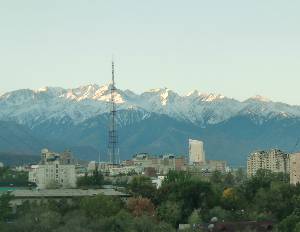
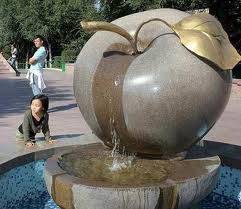
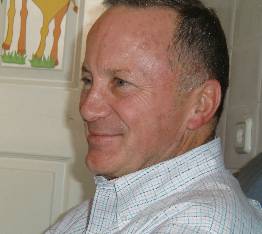
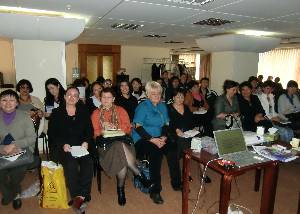
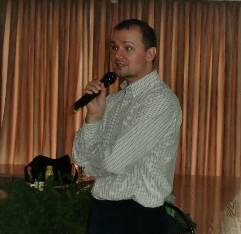
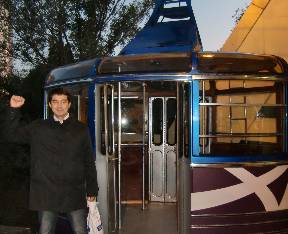
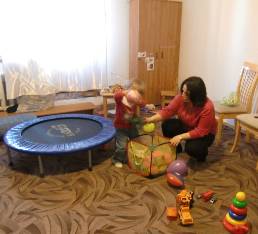
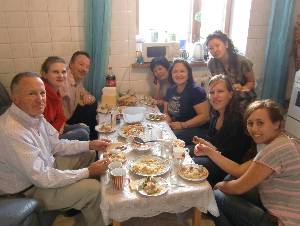
In Astana, the capital in the northern part of Kazakhstan, we worked for 2 1/2 days at Green Pastures a rehabilitation center.
The staff at the center included three occupational therapists, a psychologist, two aides, and a neurologist.
Dr. Buckendorf lectured primarily on diagnosis and treatment of autism. He also did two hour-long demonstrations which were filmed for the use of the center in the future. This center is well developed, in a nice facility, with a loving and very skilled staff.

Hiroshima, Japan: Summer 2012
HIROSHIMA, JAPAN
SUMMER 2012
Hiroshima, Japan: Summer 2012
HIROSHIMA, JAPAN
SUMMER 2012
Hiroshima, Japan | Summer 2012
Jolene and I went to Hiroshima, Japan with Dr. Robert Lerer at the invitation of Dr. Hiromi Nagao, president of the Hiroshima Jogakuim University, a women’s university in Hiroshima.
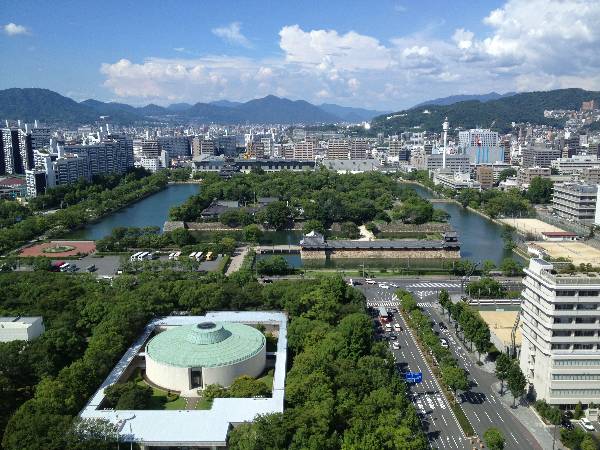
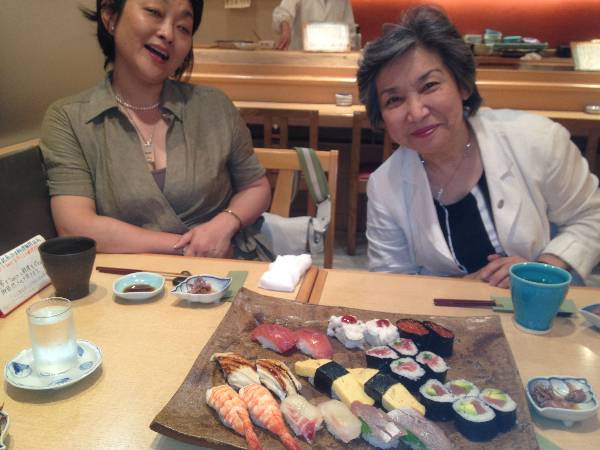
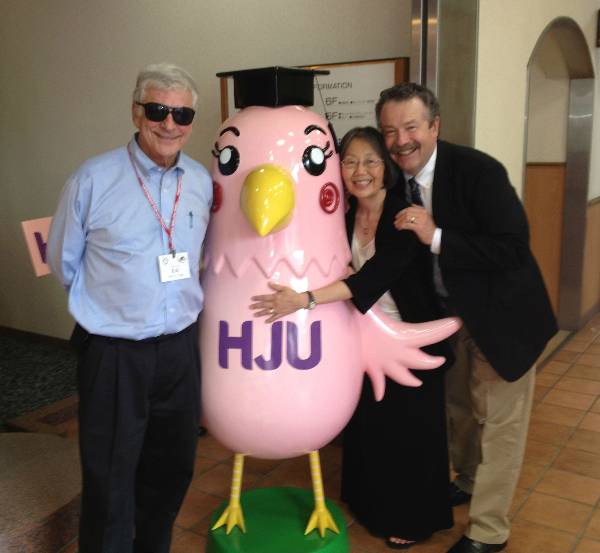

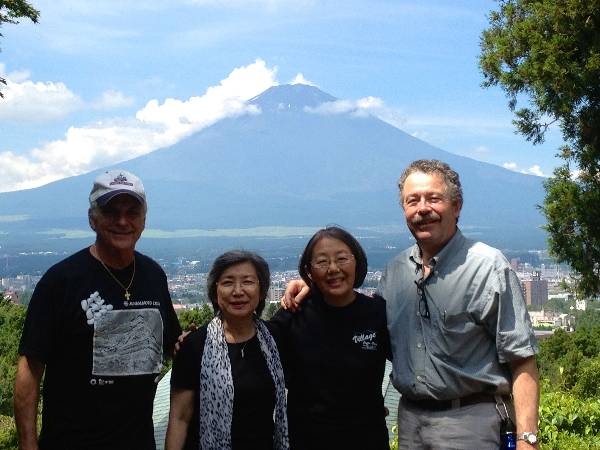
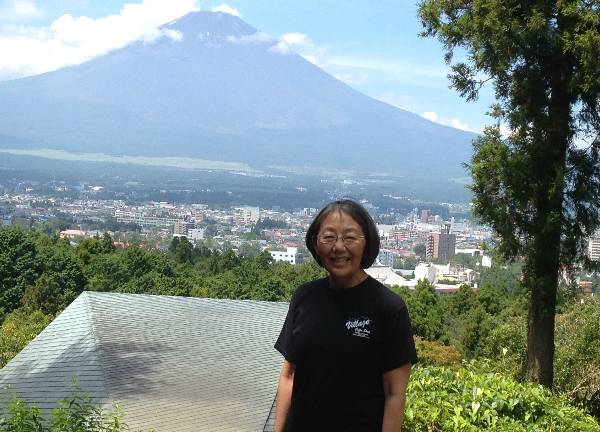
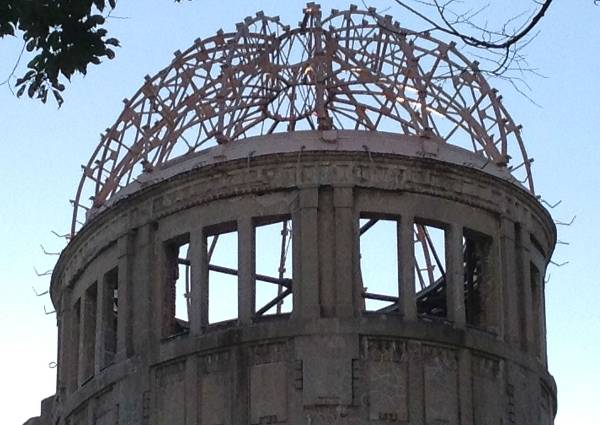
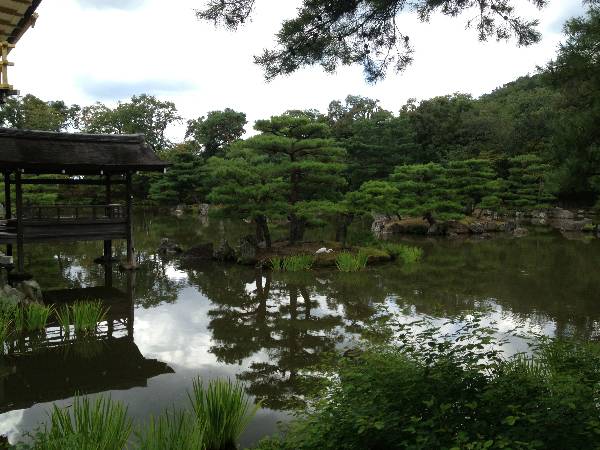
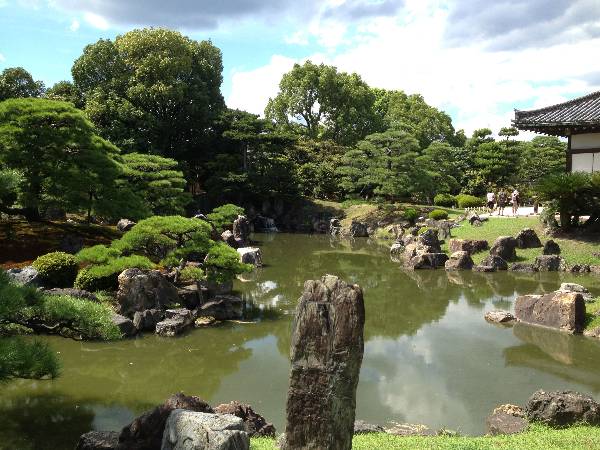
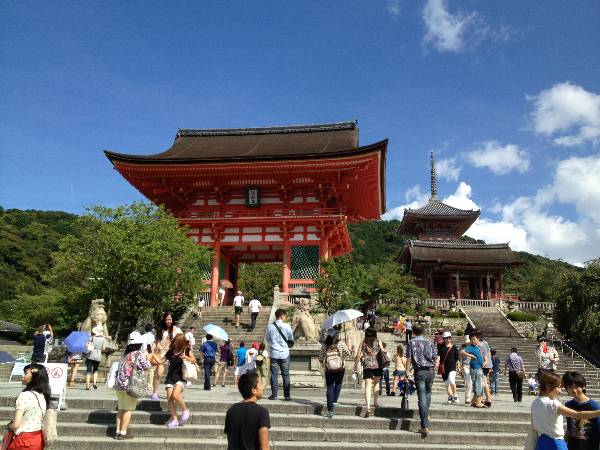
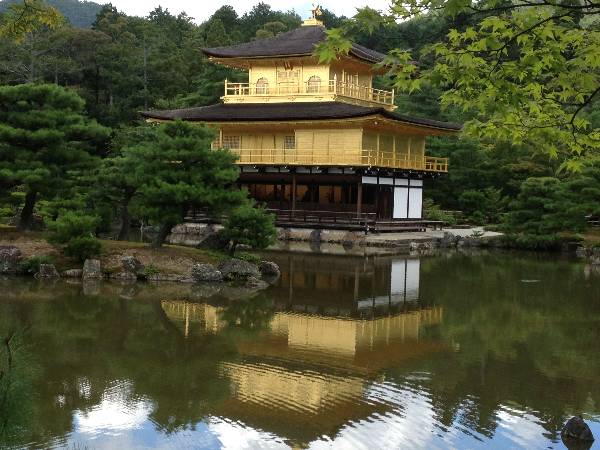
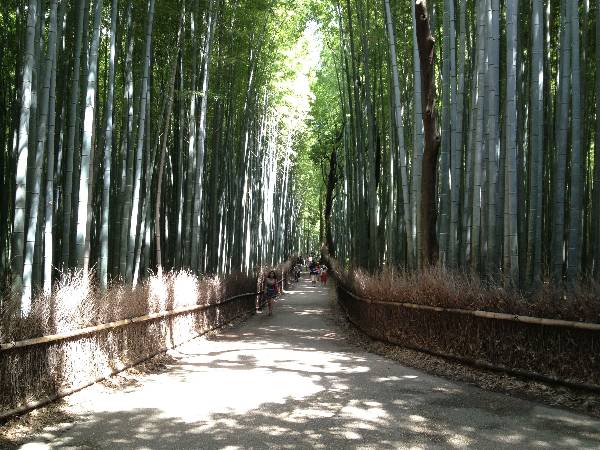
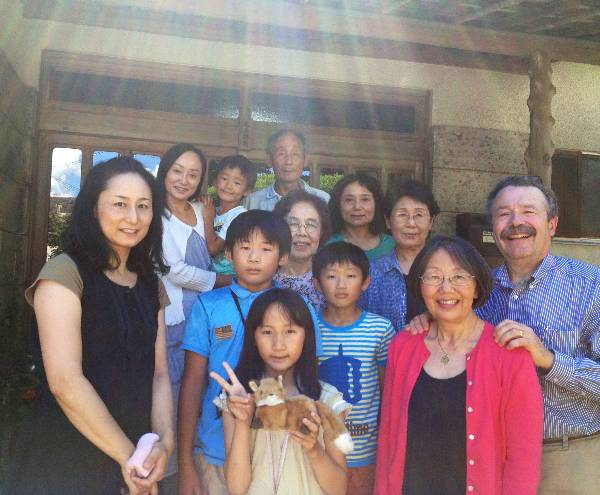
We have had the pleasure of accompanying Dr. Lerer on several overseas trips. Our responsibility in Hiroshima was to lecture on the topic of ADD and ADHD with Dr. Lerer at conferences and in small group discussions, and help the university as they consider providing a curriculum to address the needs of nontraditional students-students with ADHD, high functioning autism, and other disabilities. It was interesting to talk with some attendees at these conferences and recognize the difference between the Japanese way of teaching, which is more directive, and the American way of teaching which is somewhat more student directed and not so rote.

Ukraine & Central Asia: Oct 2012
UKRAINE
&
CENTRAL ASIA
OCTOBER 2012
Ukraine & Central Asia: Oct 2012
UKRAINE
&
CENTRAL ASIA
OCTOBER 2012
Ukraine & Central Asia | October 2012
I returned in October to Ukraine for one week and two countries in Central Asia-Azerbaijan and Kazakhstan for an additional 10 days. The format was primarily lecture and small group interaction with the topics of autism and other developmental disabilities our main focus.

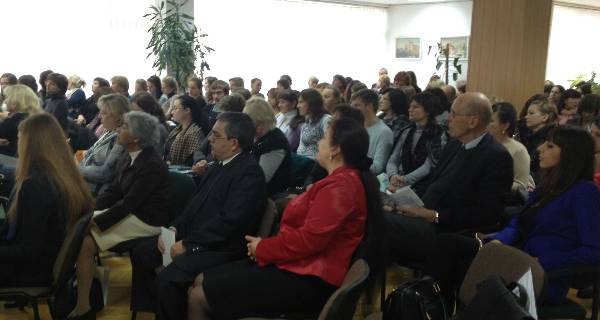
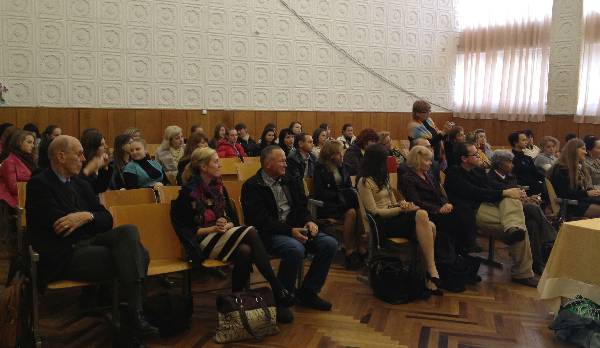
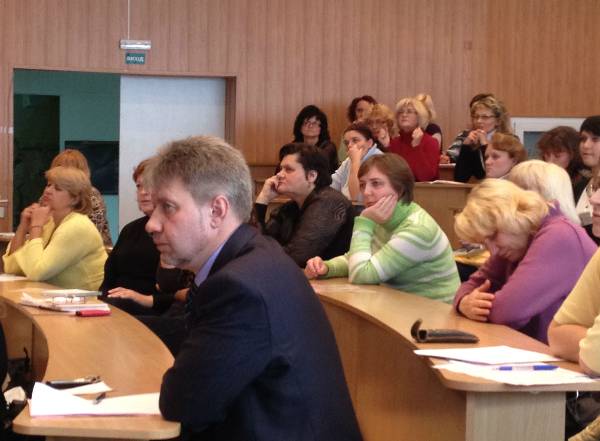
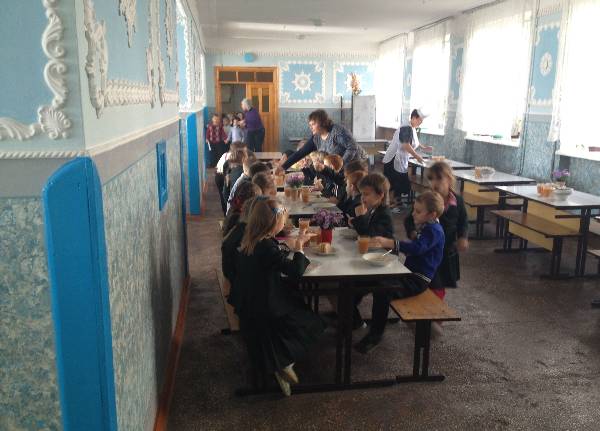
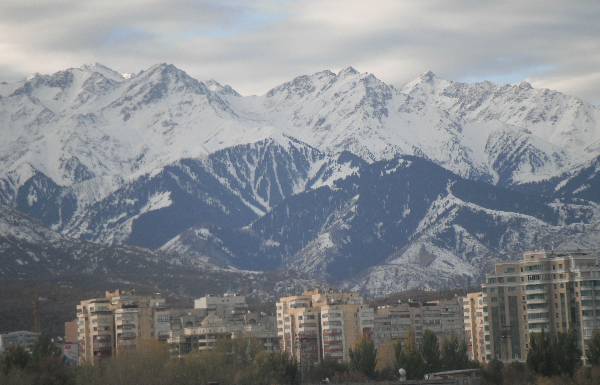
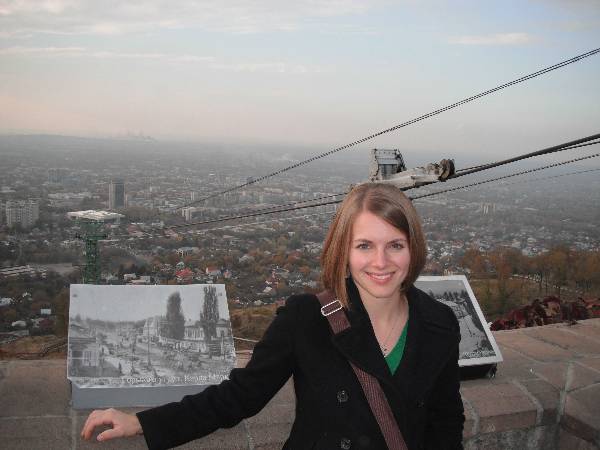
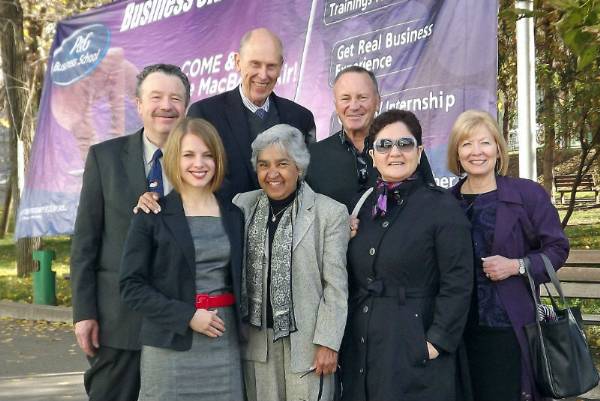
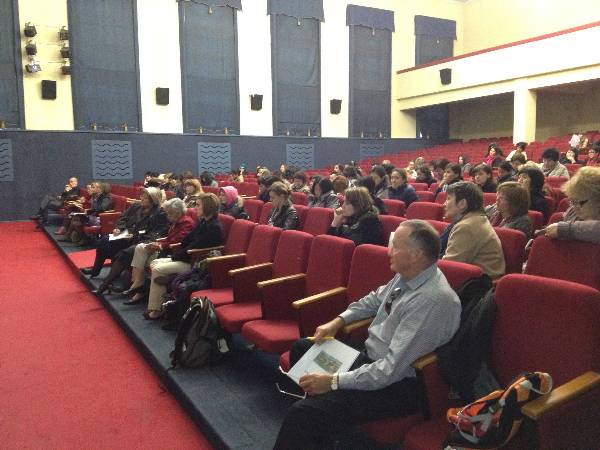
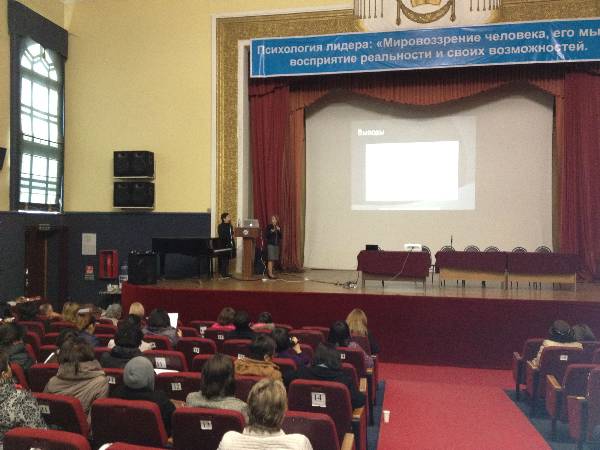
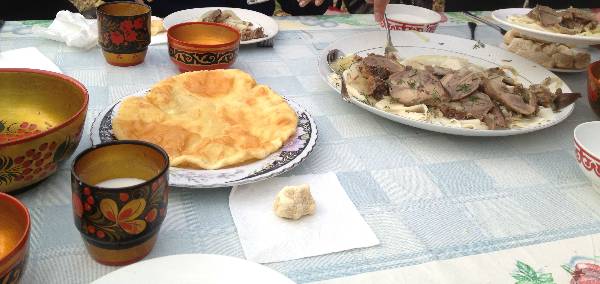
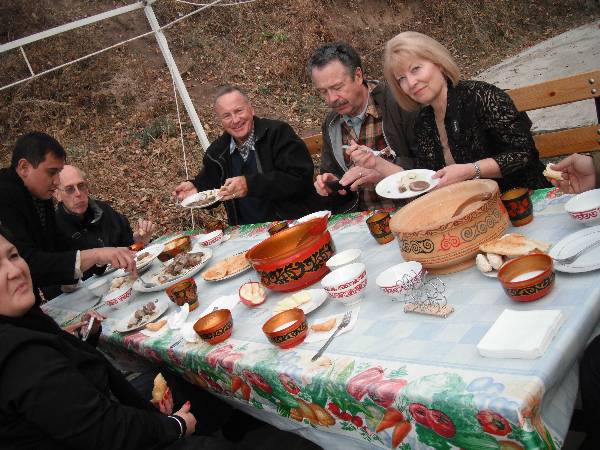
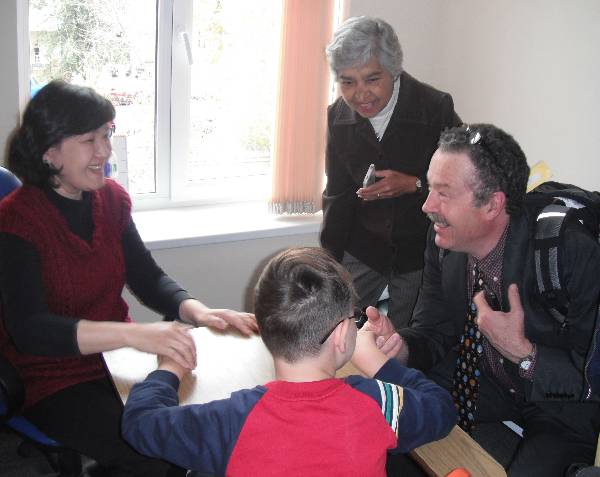
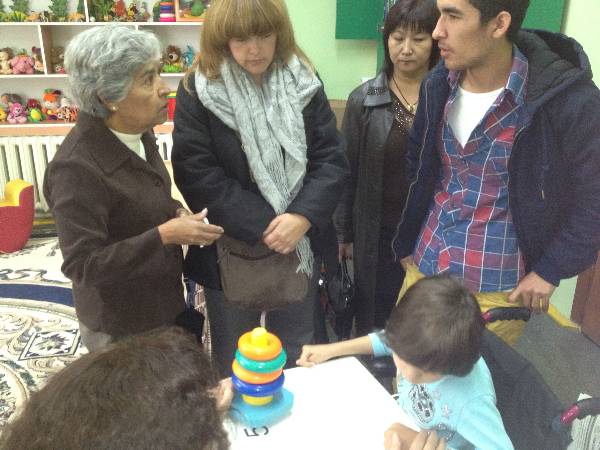
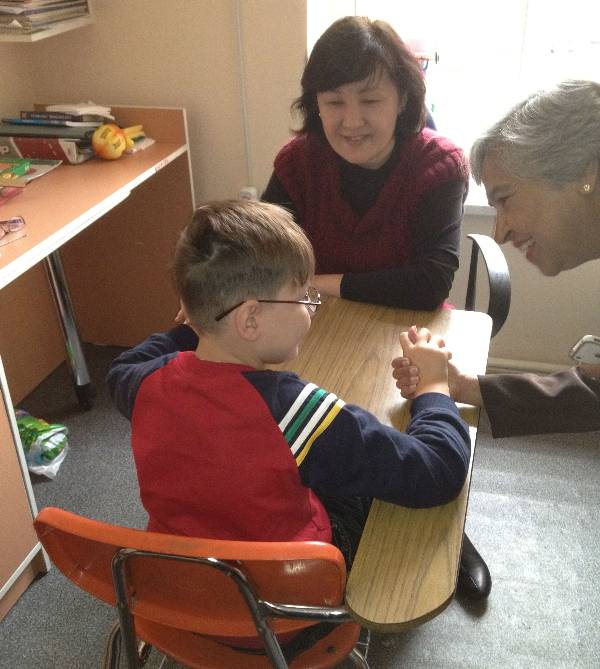
This is my fourth time in Ukraine, second time in Kazakhstan, and the first opportunity to visit Azerbaijan. In Ukraine, our team consisted of Dr. Jim Smith (ENT), Dr. Sudge Budden (developmental pediatrics), Dr. Sarah Bauer (developmental pediatrics), Marshall Stevens (businessmen), Karen Robbins (special education), Chris Malone (father of several adopted children with special needs living in Ukraine), Jim Peipon, (pediatrician who lives in Ukraine), our interpreter, Kristin Brubaker (occupational therapist), and Dr. Robert Buckendorf.

Nairobi, Kenya & Central Asia: 2013
NAIROBI, KENYA
&
CENTRAL ASIA
OCTOBER 5 - 18, 2013
Nairobi, Kenya & Central Asia: 2013
NAIROBI, KENYA
&
CENTRAL ASIA
OCTOBER 5 - 18, 2013
Kenya: October 5-12, 2013 | Baku, Az: October 13-18, 2013
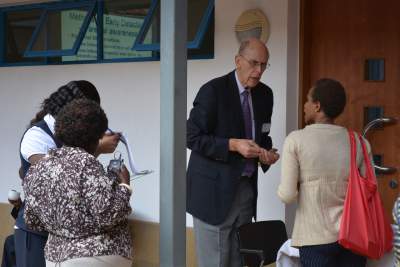
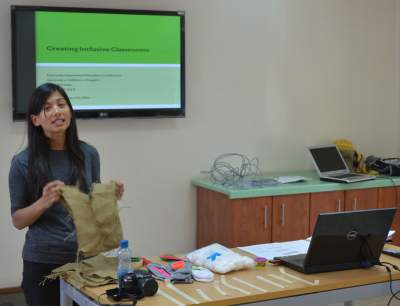
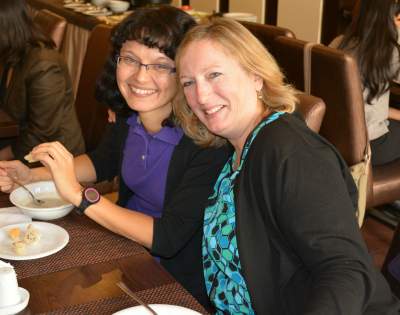
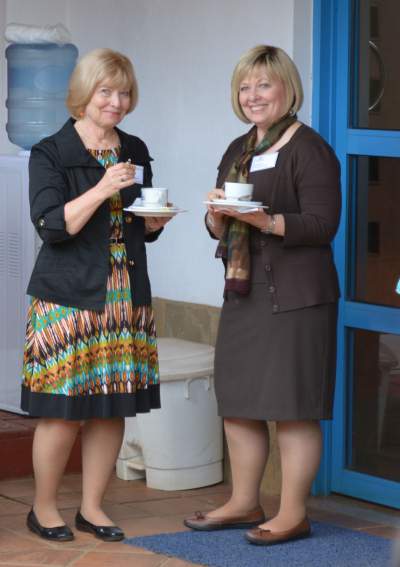
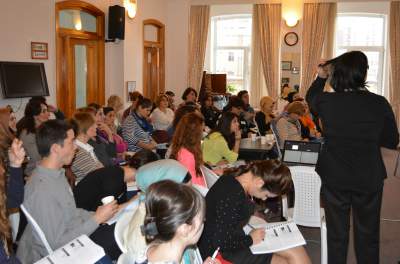
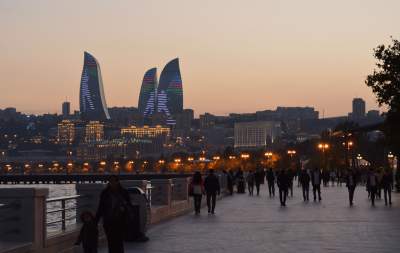
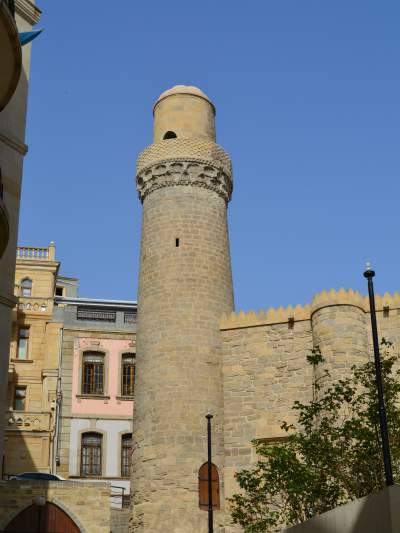
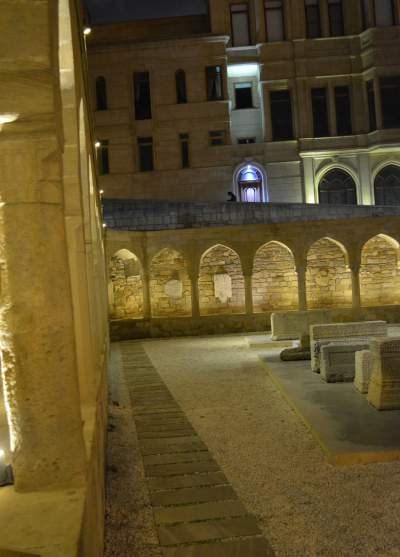
Our group this year included three special education professionals: a physical therapist, an ENT physician, and me. We worked in small groups as well as giving lectures to the entire group in each of these countries. In Kenya, in my workshop, I had my group of 15 break into groups of three and had them practice some of the strategies that we have found useful for working with children. I enjoyed standing back and watching these Kenyan professionals practicing techniques of imitation, waiting longer, and prompting. In Baku, we lectured to the entire group most of the time and got to hang out in that beautiful city during the evening. One of the oldest churches in the world was founded in Baku and its remains are still visible.

Cuba 2013
CUBA
NOVEMBER 2013
Cuba 2013
CUBA
NOVEMBER 2013
CUBA |November 8-17, 2013
Cuba is a beautiful, semitropical country with beautiful beaches, gentle breezes, and physicians, parents, and clinicians who are very interested in learning how to better serve kids with disabilities. Our team of ten included nurses, a surgeon, team leader Dr. Lerer who is a developmental pediatrician, speech pathologist (me), and our Cuban hosts, many of whom are both physicians and pastors in the Cuban Baptist church. We stayed again in the Havana Libre in Havana, a very nice B & B in western Cuba and then stayed three days on the peninsula of Veradero and traveled from there to deliver our lectures in Matanzas. We lectured in psychiatric and pediatric hospitals, again on the topic of disabilities in children, especially autism.
New Page
New Page
Lorem ipsum dolor sit amet, consectetur adipiscing elit. Morbi eget sapien sed risus suscipit cursus. Quisque iaculis facilisis lacinia. Mauris euismod pellentesque tellus sit amet mollis. Nulla a scelerisque turpis, in gravida enim. Pellentesque sagittis faucibus elit, nec lobortis augue fringilla sed. Donec aliquam, mi in varius interdum, ante metus facilisis urna, in faucibus erat ex nec lectus. Cras tempus tincidunt purus, eu vehicula ante. Duis cursus vestibulum lorem.
